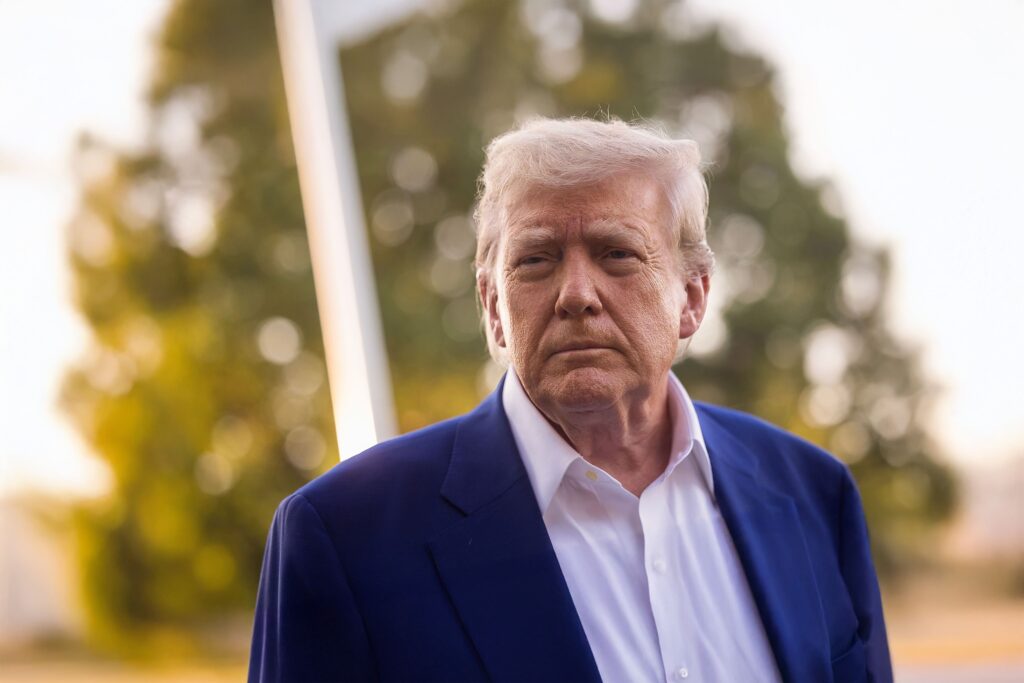US President Donald Trump and Chinese leader Xi Jinping met for the first time in six years, reviving hopes that the world’s two largest economies might ease their strained relationship. Trump described the talks in South Korea as “amazing,” while Beijing said both sides had reached a consensus to address “major trade issues.” Relations have been tense since Trump began imposing tariffs on Chinese imports, prompting Beijing’s swift retaliation. Although a temporary truce was agreed in May, friction between the two powers remained strong.
The meeting ended without a formal trade deal but suggested fresh movement toward compromise. Behind the scenes, negotiators have spent months searching for a workable solution. Trade agreements often take years to complete, but Trump’s aggressive use of tariffs has forced countries to respond quickly. Many of those affected are in Asia, where Trump has spent the past week promoting his economic goals.
Beijing loosens rare earth exports and resumes US farm purchases
China agreed to lift restrictions on rare earth minerals, essential for producing smartphones, electric vehicles, and defense equipment. The decision was seen as a symbolic win for Trump. Speaking aboard Air Force One, he said China would immediately begin buying “tremendous amounts of soybeans and other farm products.” Chinese tariffs had previously cut off those imports, damaging the livelihoods of American farmers — a key base of Trump’s political support.
US Treasury Secretary Scott Bessent said China would purchase 12 million metric tonnes of soybeans this season and commit to at least 25 million tonnes annually for the next three years. After the meeting, Washington also announced plans to ease certain tariffs on ingredients used to manufacture fentanyl, a drug Trump has blamed China, Canada, and Mexico for allowing into the US.
Sean Stein, president of the US-China Business Council, described the progress on rare earths and tariffs as the most meaningful result of the meeting. He said businesses would now have more time to work with both governments on long-standing trade challenges. Still, many tariffs remain, meaning US importers continue to face taxes exceeding 40 percent on Chinese goods.
Beijing also gained new diplomatic openings. Trump said Xi could soon speak with Jensen Huang, the head of US tech company Nvidia. The firm stands at the center of the battle over AI chips. China wants access to advanced processors, while Washington limits exports over national security concerns. Xi also invited Trump to visit China in April, signaling warmer ties. However, there was no movement on the dispute over TikTok, which remains under scrutiny in the US.
Xi keeps calm as Trump pushes for quick results
The meeting exposed the contrast between the two leaders’ approaches. Xi remained composed and precise, sticking to prepared remarks. China entered the talks in a strong position after diversifying trade partnerships and reducing reliance on the US. After the talks, Xi said both countries would work toward outcomes that act as a “reassuring pill” for their economies.
Trump, meanwhile, appeared more tense than during his earlier stops in Asia. The atmosphere was understated — no gold palaces, no ceremonial parades. The two met in a secure airport building surrounded by police and journalists. Yet despite the modest setting, the 80-minute conversation became the most significant moment of Trump’s tour.
Henry Wang, a former adviser to China’s State Council, said the talks “went very well.” While no trade deal was finalized, he said both leaders had created “a framework and structure” for future cooperation. He called it “a good start” toward repairing one of the world’s most powerful yet fragile economic relationships.


